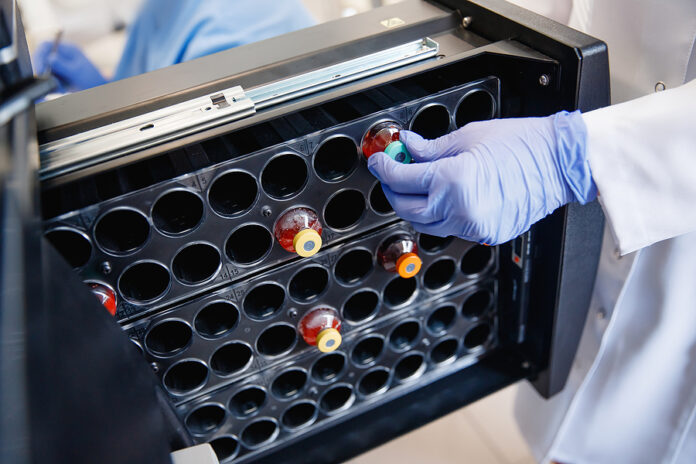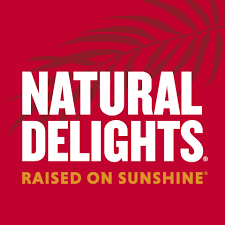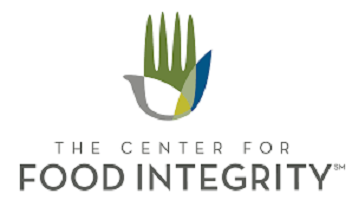
By Gitte Barknowitz, Global Market Development Manager, Food and Environmental, SCIEX
Concerns about the use of artificial sweeteners in food have been the focus of recent media coverage. In July 2023, an assessment of the health impacts of aspartame was released by the Joint Food and Agriculture Organization/World Health Organization Expert Committee on Food Additives (JECFA). JECFA issued a statement reaffirming a previously established acceptable daily intake level. The International Agency for Research on Cancer has classified aspartame as potentially carcinogenic in humans. Since then, a debate over health concerns of sweeteners has been sparked in online communities.
The demand for artificial sweeteners is growing because, globally, consumers are orienting towards a healthier lifestyle with lower calorie intake and improved dental health. With a compound annual growth rate of more than 8.1% worldwide, the market is expected to reach $256 billion by 2028, with the United Kingdom, China, the Philippines, Japan, and the United States being key countries driving the consumer demand.
Aspartame is used as an ingredient in many different kinds of food products, such as bubble gum, soft drinks, cereals, and dairy products like yogurt. The acceptable daily intake (ADI) varies slightly between authorities. The FDA recommends 50 milligrams per body weight per day whereas JECFA and the European Food Safety Authority recommend a slightly lower ADI for aspartame, at 40 mg/kg/day.
Following the announcement by the World Health Organization (WHO) and the Food and Agriculture Organization (FAO) in July 2023, posts about aspartame have gone viral on social media. In China, food manufacturers have recently started placing labels on food products that contain no aspartame. Some other Chinese food producers state that their products comply with national standards and are therefore safe for consumption. Consumers are now showing interest in the aspartame content of packaged foods, and not only in China.
There are several studies available regarding the health effects of different sweeteners. Researchers are conducting comprehensive analyses to close knowledge gaps and gain insight into sweeteners and their properties. The German Federal Institute for Risk Assessment (BfR) also stresses that the effect of combinations of sweeteners on human health needs to be investigated in more depth, because several sweeteners are often used in a single product. BfR notes that the heating of sucralose results in the production of potentially harmful or carcinogenic compounds. A peer-reviewed article published in 2020 concluded that heating sucralose, which happens during cooking or baking, might be “associated with the formation of chlorinated potentially toxic compounds, such as chloropropanols and dioxins.”
Food companies could boost consumer confidence and aid epidemiologic researchers by allowing traceability and confirming the authenticity and levels of artificial sweeteners in food. Advances in mass spectrometry technology have increased efficiency, reducing the amount of time it takes to get a quantitative result. Mass spectrometry is now a more economical and advantageous analytical technique that is at the core of routine food testing.
Tools for analyzing sweeteners
Food manufacturers typically use two types of mass spectrometers to measure sweeteners in products. Triple quadrupole systems are useful for quantifying trace levels of sweeteners that are known ingredients in the product being tested. For more complex testing and analysis, such as detecting unknown ingredients or investigating decomposition products that are created under heat treatment, high-resolution accurate mass spectrometry is used.
To simplify the analysis of sweeteners, an approach using Cs+-adducts for liquid chromatography-tandem mass spectrometry was investigated. A proof of concept was achieved by detecting analytes such as sucralose, mogroside V, neohesperidin dihydrochalcone, rebaudioside A, stevioside, and glycyrrhizic acid in energy drinks at very low levels. The study described a method for quantitation of these sweeteners at levels as low as 10 nanograms per milliliter, which is below most common application requirements for sweetener analysis but could be highly beneficial for samples with low levels of sweeteners.
With the use of artificial sweeteners under increased scrutiny, it is incumbent upon food manufacturers to demonstrate their compliance with regulatory standards and — perhaps something more important to show — their commitment to maintaining consumer trust. Comprehensive testing enabled by mass spectrometry tools, and the publication of those findings, can help the industry achieve the transparency that is desperately needed when it comes to artificial sweeteners.
Gitte Barknowitz is the Global Market Development Manager for SCIEX. She holds a PhD from the German Institute for Human Nutrition and has extensive knowledge of the global food market and its regulations. Based in Europe, she interacts globally with food testing regulatory bodies, food analysis laboratories, food manufacturers, and academia to drive new innovations and workflows.

Credit: Source link





![[Guide] 5 Reasons Your Business Does or Doesn’t need an ESOP [Guide] 5 Reasons Your Business Does or Doesn’t need an ESOP](https://foodindustryexecutive.com/wp-content/uploads/2024/08/Food-Industry-Executive-696x457.png)







